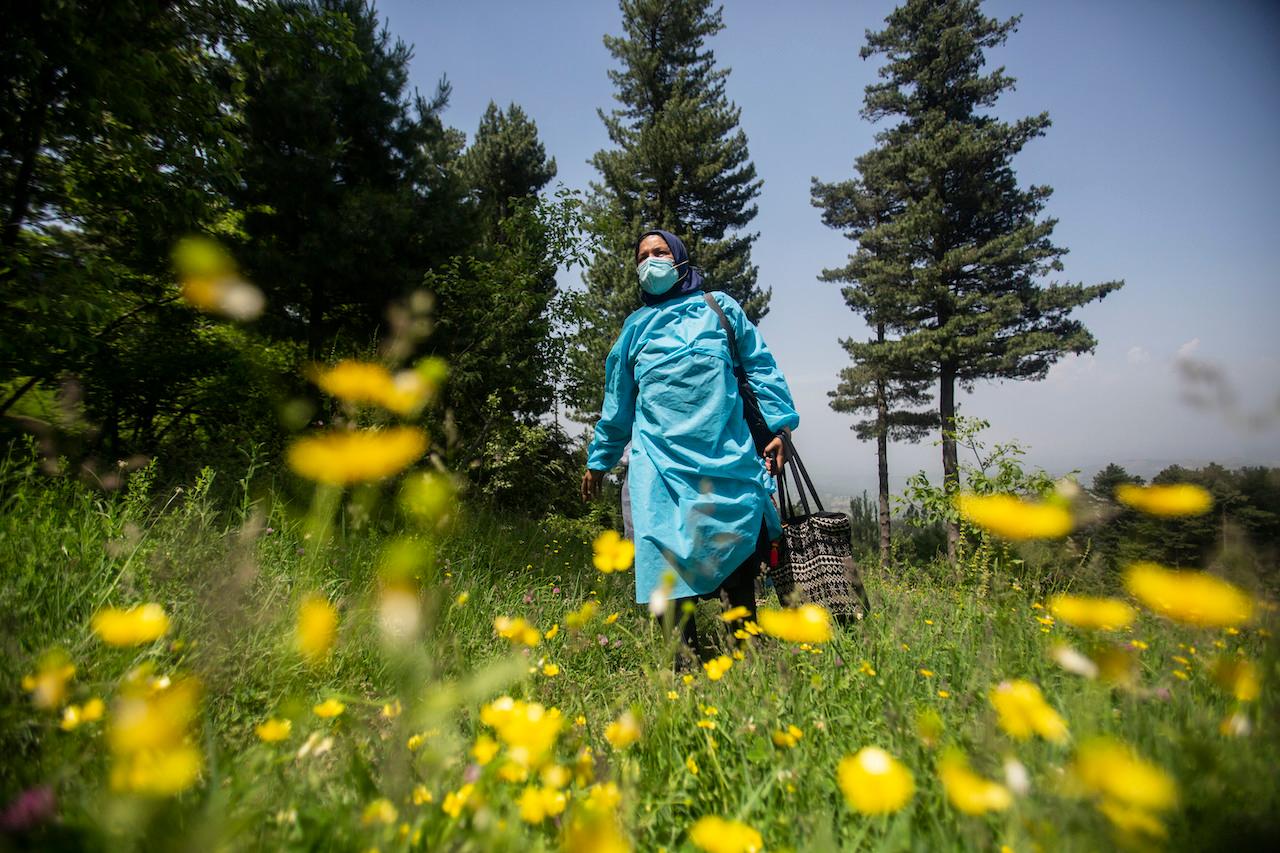India’s unvaccinated: world’s largest inoculation drive stumbles
Cost, location, and gender are excluding many of those entitled to a jab from getting their shot.
Just In
In mid-January, India began a Covid-19 inoculation drive for its 1.38 billion people, starting with healthcare professionals, frontline workers and the elderly.
People aged over 45 were next to roll up their sleeves, in April.
Then, following a surge in Covid-19 infections across the country in April, Prime Minister Narendra Modi accelerated plans to broaden the programme and opened up vaccinations from May 1 for people aged between 18 and 45 years, who make up 600 million of the population.
This led to a rush by people in that age group to sign up to the government’s CoWIN vaccination website.
However, the government had arranged no corresponding increase in vaccine supplies, and shortages soon became apparent, reports Reuters.
By June 4, India had provided at least one dose to roughly 50 million people aged between 18 and 45, representing just 8% of that population group.
The geographical spread of inoculations has not been even. For logistical reasons, urban dwellers have received shots faster than those living in the countryside.
Adding to the difficulties, different hospitals were charging different prices for the same vaccine. Some hospitals in affluent areas have sold the Covishield AstraZeneca shot, manufactured in India, for US$25 per dose, almost double the price charged elsewhere.
This means vaccines remain unavailable to large sectors of the population who cannot afford them or have little or no access to private hospitals.
India – the world’s biggest producer of vaccines for polio, diphtheria and other diseases – sold or donated more than 66 million Covid-19 vaccine shots to 95 countries until the middle of April.
But as infections started rising from around mid-March in India, the clamour for vaccines at home also increased and India began restricting exports. The country has now started importing vaccines and is also expecting donations from the US.
The government expects vaccine supplies to improve substantially after June. It is expecting to produce enough shots by December to inoculate all of its estimated 950 million adults, though those between 18 and 45 years will still be last on the priority list.
After a fall in cases in recent weeks, several states have begun to gradually lift restrictions on travel and businesses, but health experts have warned that cases could surge again once most states open and have called for vaccinations to be sped up.
As of June 8, less than 4% of India’s adult population had been given the required two vaccine doses.
Nearly 14% have received at least one dose and, of that group, less than 10% of 18-45 year-olds have been inoculated.
CNN is reporting another disparity causing concern.
Many more men in India have received Covid-19 vaccines than women, government data showed on Tuesday, highlighting gender disparity in the country’s immunisation drive.
“We are noticing that men, especially in towns and villages, prefer to take the vaccine before women as they have to travel for work, while women are relegated to domestic chores,” said a medical superintendent at a big government hospital in Gujarat.
Health officials say rumours about vaccines disrupting women’s menstruation cycle and reducing fertility have also contributed to the skewed data. The government has rejected the concerns.
Subscribe to our newsletter
To be updated with all the latest news and analyses daily.
